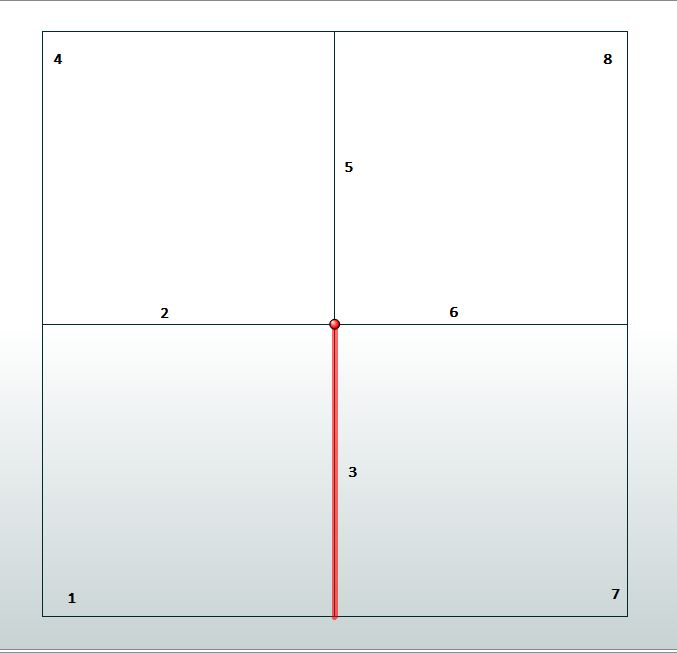Consider the following simple grid. The _edge_id 3 is highlighted with the starting node at the center.

If you travel in the direction of the line, when you get to the to_node, there are two other edges, 1, and 7. The right edge is the segment you would be on if you turned right.
If on the other hand, you travel in the reverse direction along edge 3, from the outside to the center, at the from_node there are 3 options: 2, 5, 6, Turning right would have you on edge 6.
So the right_edge is 1 and the left edge is 6.
The numbers are positive because both edges happen to be leaving from their respective nodes.
edge_id 7 on the other hand, starts on the right, and ends on the bottom. It's _right_edge is -3, not 3, because edge 3 is arriving at the node.






